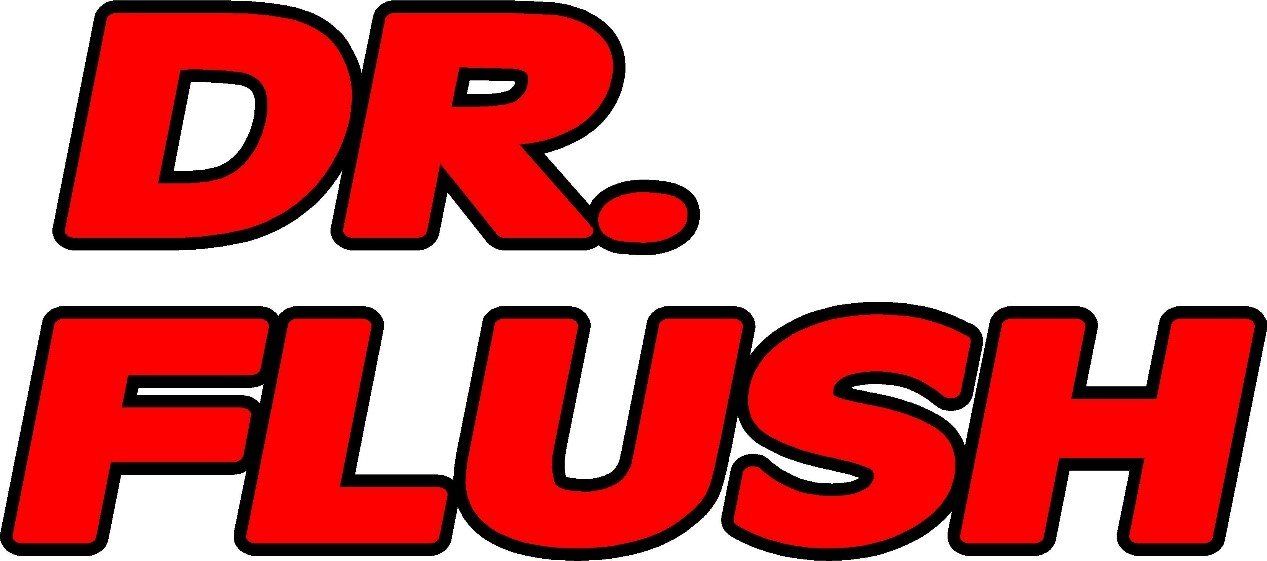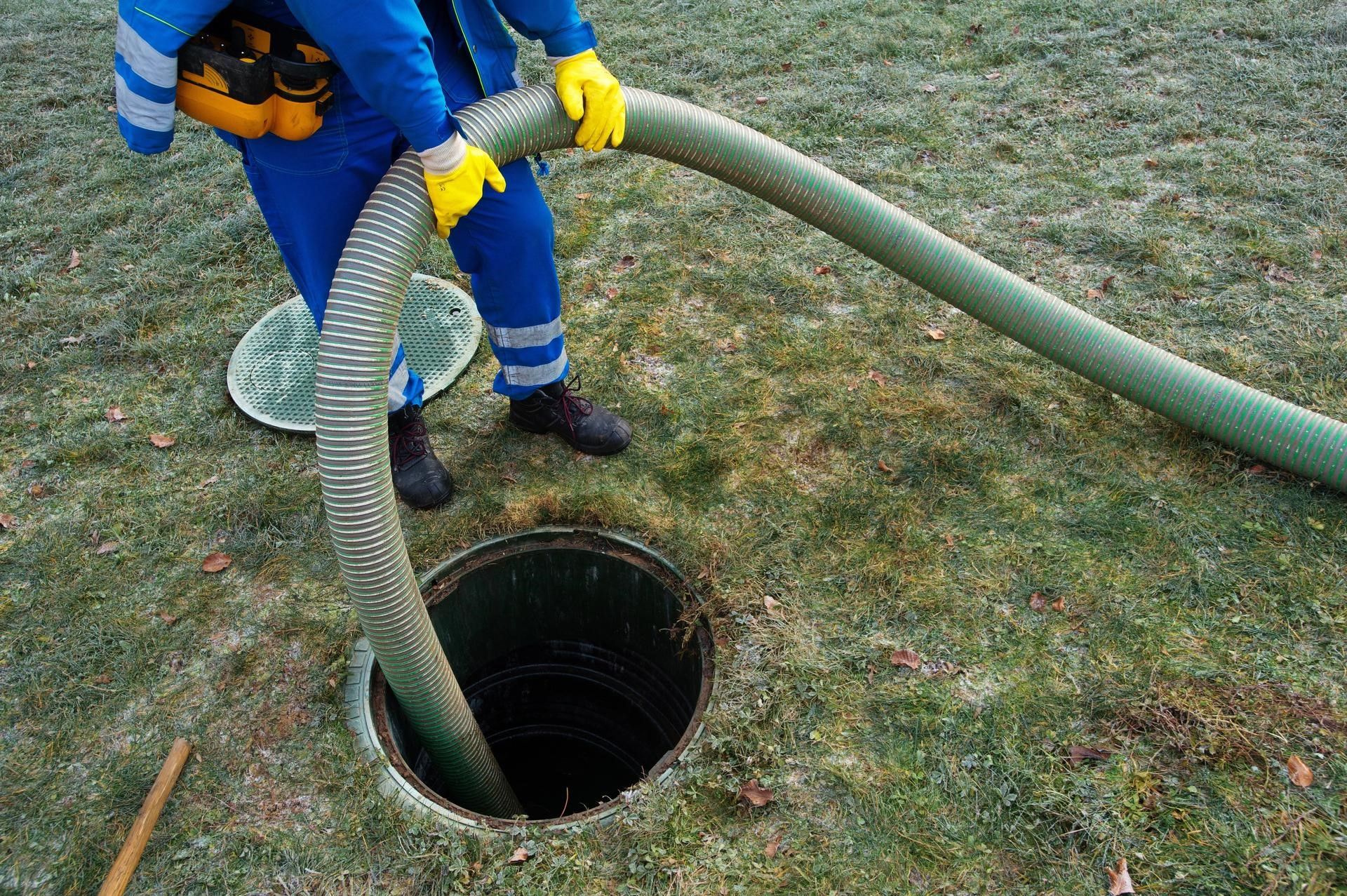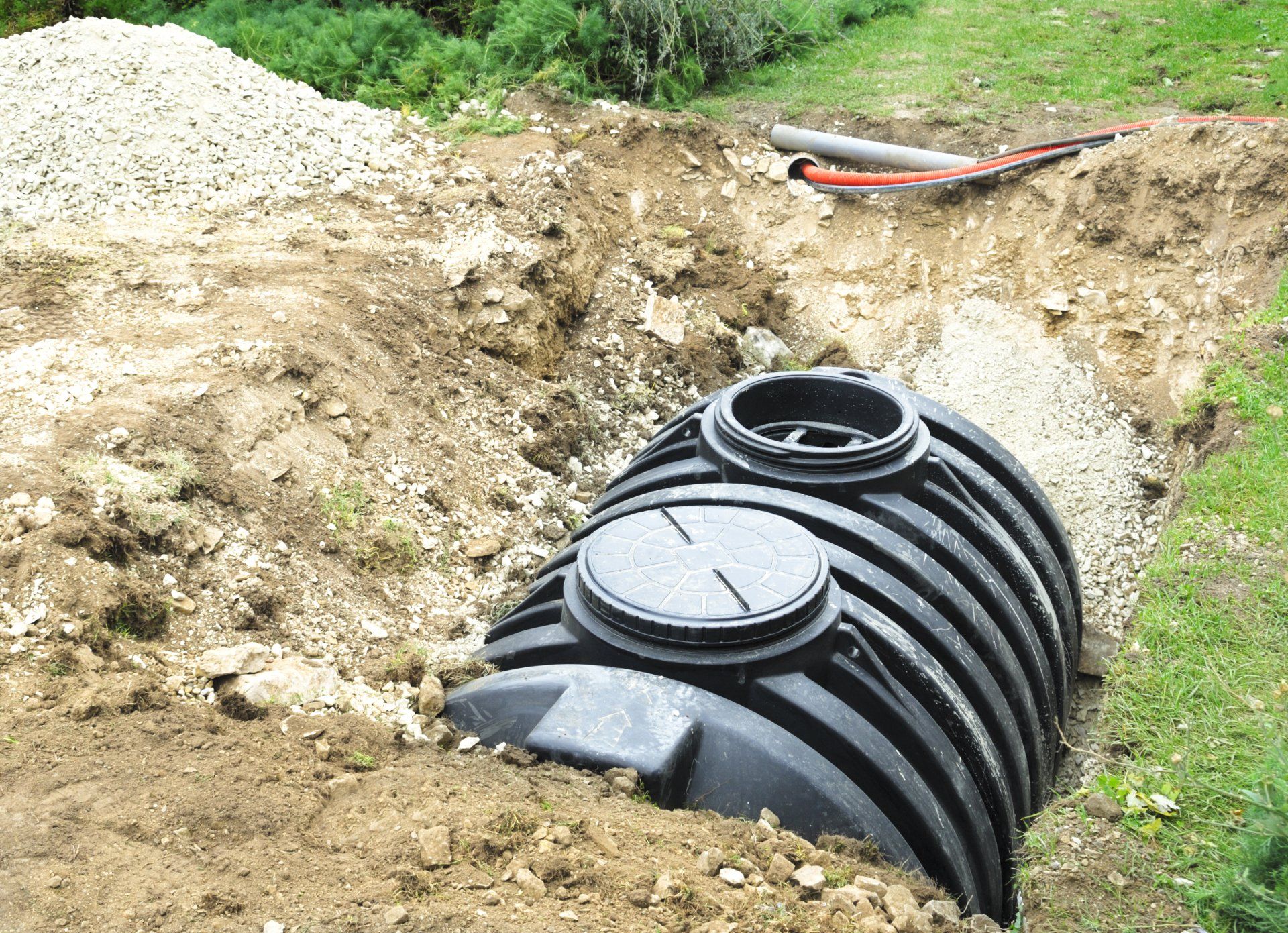The Underground Threat: Clues That Septic Waste Is Penetrating the Soil
Ever wondered what your soil might secretly be telling you? Beneath the lush green grass and blooming flowers, your soil can reveal a story –– especially when septic waste is involved. It can be as subtle as a single telltale sign or as obvious as an entire system of alarms.
Understanding the signs of septic waste penetration can be a game-changer if you want to maintain the health of your landscape and the integrity of your property. Undetected waste leaks can quickly infiltrate your outdoor environment and render it unusable or even hazardous.
Buckle up and embark on this underground detective adventure to uncover two major clues that septic waste has made its way into the soil.
Wet Spots or Standing Water
The presence of wet spots or standing water, particularly near the septic tank, is one of the earliest signs that something isn't quite right. It usually means that liquid waste has already breached the soil level and is actively draining into new areas.
When your septic system is functioning properly, all the wastewater from your home is treated and dispersed evenly into the soil through the drain field. However, if the septic tank overfills or there's a blockage in the system, wastewater can start to back up. This can lead to excessive moisture in the soil, resulting in unexplained wet spots or puddles in your yard.
In addition, wet spots or standing water can also point to a failing drain or leach field. The drain field's purpose is to filter and distribute the liquid waste from the septic tank into the subsoil. When it fails, the wastewater can't percolate properly into the soil and instead begins surfacing, creating wet spots or pools of water.
These signs not only suggest a problem with your septic system but also pose a potential health hazard due to the risk of exposure to untreated waste. The untreated wastewater can contain harmful bacteria and other contaminants, so make sure to address this issue as soon as you spot it.
Lush Vegetation
Septic waste is rich in nutrients such as nitrogen and phosphorus, which can promote vegetation growth. These nutrients are typically released from an overfilled septic tank or a failed drain field, and they can make their way to the surface soil.
This encourages lush growth, which often appears in patches near the septic tank or drain field. You'll notice this grass looks greener than anywhere else in your yard.
While this might seem like a good thing at first, it's actually indicative of septic waste penetrating the soil, which could lead to groundwater contamination. The excess nutrients can even disrupt the pH balance of the soil and create a toxic environment for other plants in your landscape.
To make matters worse, such lush growth can also conceal a wet spot or pool of wastewater beneath the foliage. This can be especially dangerous if you have kids or pets that might come into contact with the contaminated water.
So if you spot lush vegetation that doesn't match the rest of your landscape, contact a septic specialist for an inspection to unmask the truth. They might recommend a soil test to determine your soil's exact concentration of septic waste. This will give them a better idea of the extent of the contamination to decide on what corrective measures to take.
For example, they might recommend that you replace the drain field or install a new system of leach lines. A drain field replacement usually involves excavating the area, removing the existing soil, and replacing it with fresh, clean soil to restore the balance.
Leach lines are typically an alternative approach that involves installing additional pipes to improve drainage. These pipes act as channels to distribute the liquid waste more uniformly and improve the performance of your septic system.
At Dr. Flush, we pride ourselves in our ability to detect, diagnose, and repair any septic system issues that disrupt the harmony of your landscape. Get in touch with us today for a comprehensive inspection of your septic system to help keep your soil safe and healthy!
contact information
Phone: 864-295-0232
SERVING ALL OF UPSTATE SOUTH CAROLINA
3805 HWY 417 Woodruff, SC 29388








